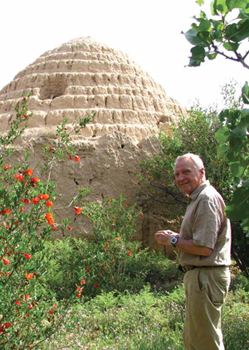
Hemming Jorgensen
Hemming Jorgensen obtained his MSc in Civil Engineering from the Technical University of Denmark in 1962, his MBA from Copenhagen Business School in 1974, and his Ph.D. from the University of Copenhagen in 2010. In the period from 1964 to 1978 he worked eight years on various infrastructure projects in Iran and became intimately acquainted with the country, its people and its language. He saw his first Iranian ice house in Kerman in 1966, but it was only in 2007—after a distinguished international career in engineering and project financing—that he was able to return to the almost forgotten Iranian ice houses and write a Ph.D. dissertation that forms the basis of this book.
Preface
Chapter 1. Introduction
Chapter 2. Ice House: Background
Chapter 3. The Investigation
Chapter 4. Ice House, Typology and Distribution
Chapter 5. Domed Ice Houses: Description and Analyses
Chapter 6. Walled and Underground Ice Houses: Description and Analyses
Chapter 7. Domed Ice Houses: Technical Aspects
Chapter 8. Status Today: Preservation
Chapter 9. Conclusions
Notes
Bibliography
Index